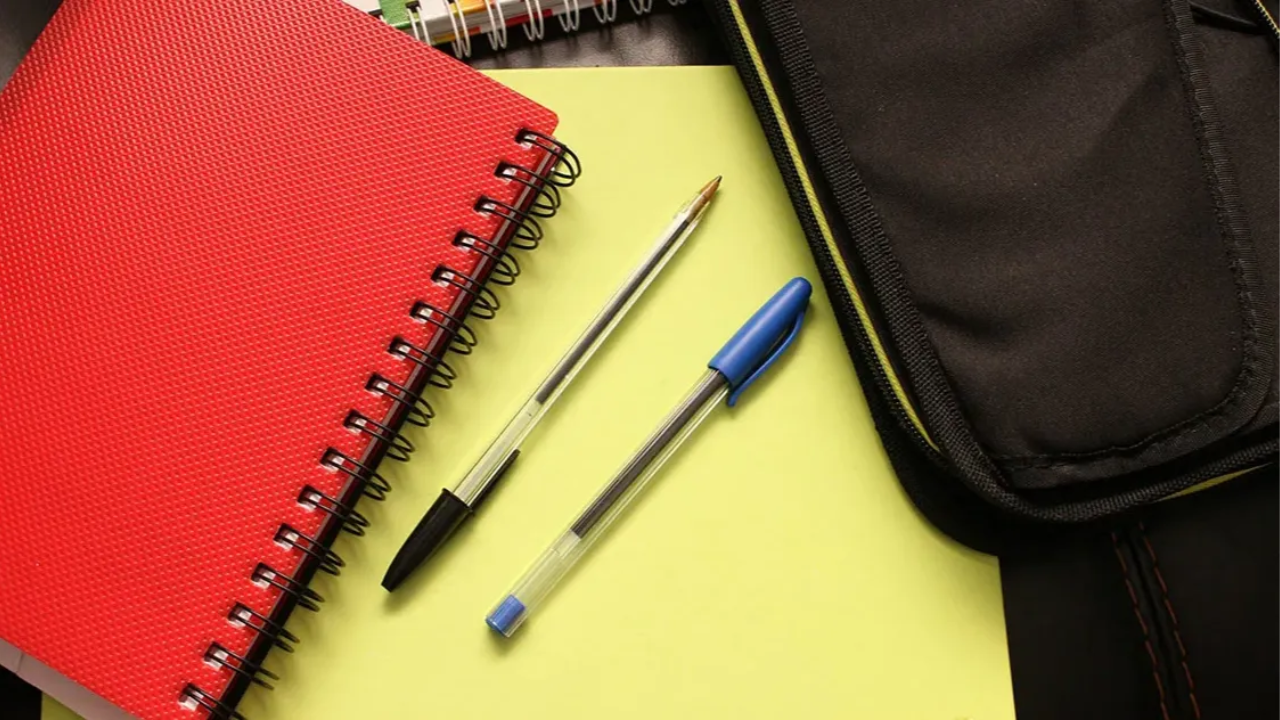How to Use Notes When Public Speaking Without Losing Your Audience

Originally published in Inc. Magazine.
As a professional speaker and speaking coach, I rarely refer to notes while I'm actually speaking, and that's for three reasons: First, it's my job to know my content inside and out. Second, because my presentations are interactive, I have multiple opportunities to check my notes while my audience is doing an activity or having a discussion. Third, having spent seven years performing improvisational comedy, I can usually "wing it" for a few minutes until I gather my thoughts, without the audience noticing.
But if you're not a professional speaker, an interactive workshop leader, or an improvisational comedian, you may find that you need notes to feel more confident presenting. And if you're not lucky enough to have a "confidence monitor" (that flat screen at the foot of the stage that allows a speaker to see his slides without breaking eye contact with the audience) you may have to rely on old-fashioned paper to bring up with you.
Here are 10 tips for successfully speaking with notes so that you're still connecting with the audience more than you're connecting to that piece of paper.
1. Look polished
Make sure any hand-held notes look crisp and professional from the audience's perspective. Don't bring a stack of crumpled up papers with you. Use clean pieces of white computer paper or index cards, on which the ink isn't visible from the back of the page.
2. Write big
Write your notes in large enough font that you can simply glance at them and access the information you need. You don't want to be squinting and scanning the page for the next thing you're trying to say.
3. Number them
Write large page numbers on each sheet of paper or index card. That way, if they get shuffled or out of order, you can quickly find your place.
4. Practice
If your presentation requires you to stand at a podium, practice delivering the presentation so that you're referencing your notes as rarely as possible. Your rehearsal should also prepare you for when you move to the next page. Avoid turning pages in the middle of an important idea, a quotation or a story. Look for natural breaks between main points to turn the page.
5. Plan your moves
If you're going to be moving during the presentation (which I highly recommend), put your notes down on a table or a podium when you're not using them, as long as you won't need them frequently. It's more distracting to watch you keep walking over to pick them up from a table then for you to just hold them in one hand.
6. Choose the right (or left) hand
While you're using notes, hold them in your nondominant hand. Anchor that elbow to your waist and hold your notes firmly, with limited movement. Use your other hand to gesture. Don't gesture with the hand holding your notes--the flapping paper or pile of cards will be a distraction to your audience.
7. Don't read
Your notes shouldn't serve as a script you're reading verbatim. Look at your notes, scan them quickly, and then turn your eye contact back to the audience and resume speaking. Otherwise you'll look like your audience is your stack of index cards.
An exception to "don't read your notes" is when you want to make it clear that you're deliberately reading for the sake of accuracy, such as offering an important statistic or a direct quotation. You might even signal this to the audience by saying something like, "I'd like to read our Vision Statement aloud so that we're all clear on where we're going."
8. Distract from the notes
Think of your notes as a bright shiny object. Chances are, your eyes and your audience's eyes will be drawn to those notes are unless you use them carefully, strategically, and infrequently. Make up for the use of notes with powerful body language and vocal variety.
9. Challenge your assumption
Many presenters discover that their notes are like a security blanket--they thought they needed them for comfort and reassurance, but they realized that they never looked at them throughout the presentation. If you don't need them, don't bring them up with you.
10. Don't apologize
You may wish you didn't need notes, but if you do, then use them without apology. Saying, "I'm sorry that I have my notes up here with me" or "There's too much for me to remember" or, worst of all, "I didn't have time to prepare" undermines your credibility, insults your audience, and draws attention to something you'd rather not highlight.
Mark Twain once wrote: "It usually takes me more than three weeks to prepare a good impromptu speech." Make sure you put the time, energy, and effort into looking and sounding comfortable, prepared, and confident-- even if you're using notes.
